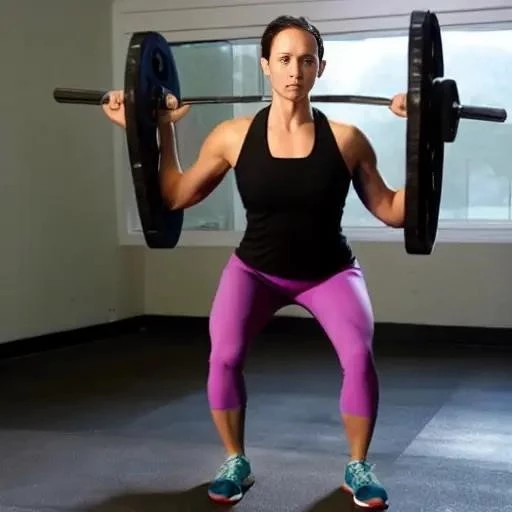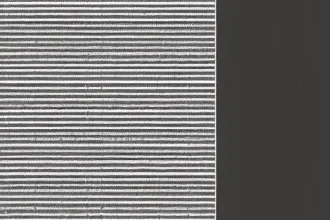Ever feel like getting a great workout requires a gym membership, fancy equipment, or hours of dedicated time? What if I told you that one of the most powerful, effective, and accessible exercises out there requires absolutely nothing but your own body? That’s right, we’re talking about the humble yet incredibly potent body weight squat․ This isn’t just some basic movement; it’s a fundamental pillar of human movement, a true game-changer for anyone looking to build strength, improve mobility, and boost overall fitness, all from the comfort of your living room or a park bench․ Ready to unlock its full potential?
Let’s be honest, who doesn’t want stronger legs, a firmer backside, and a more resilient body? Body weight squats deliver on all fronts, and then some! They’re not just about building impressive lower body muscle; they’re about enhancing your functional strength – the kind of strength you use every single day when you pick up groceries, chase after a pet, or simply stand up from a chair․ These movements activate a whole symphony of muscles, turning your lower body into a powerhouse․
Think about it: with each descent and ascent, you’re engaging your quadriceps, those big muscles at the front of your thighs․ Then, as you push back up, your glutes (hello, peach emoji!) and hamstrings kick into high gear․ Don’t forget your calves, which provide crucial stabilization, or your core, which works tirelessly to keep your spine safe and upright․ It’s a full-body party down there!
Quick Tip: The beauty of the body weight squat lies in its functional nature․ It mimics natural movements we perform daily, making you stronger and more efficient in real-life situations․ It’s not just about looking good; it’s about moving better!
The Core Muscles Activated by Body Weight Squats
When you perform a body weight squat correctly, you’re really giving your lower body a comprehensive workout․ It’s an incredible way to target multiple muscle groups simultaneously, leading to balanced strength and improved coordination․ Here’s a quick rundown of the main players:
- Quadriceps: The primary movers, driving you up from the bottom of the squat․
- Gluteus Maximus: Essential for hip extension and power․
- Hamstrings: Work in conjunction with the glutes and quads for stability and power․
- Calves: Stabilize your lower legs and ankles throughout the movement․
- Core Muscles: Your abs and lower back muscles engage to maintain a stable, upright torso, protecting your spine․
Beyond muscle building, these squats are fantastic for burning calories and improving your metabolic rate․ More muscle means your body burns more energy even at rest – how cool is that? Plus, they significantly boost your balance and mobility, which are crucial for injury prevention as you age․ Who knew such a simple movement could pack such a punch?






